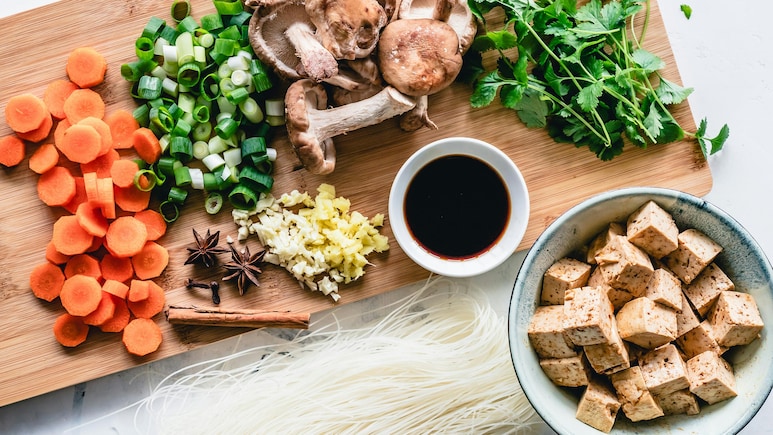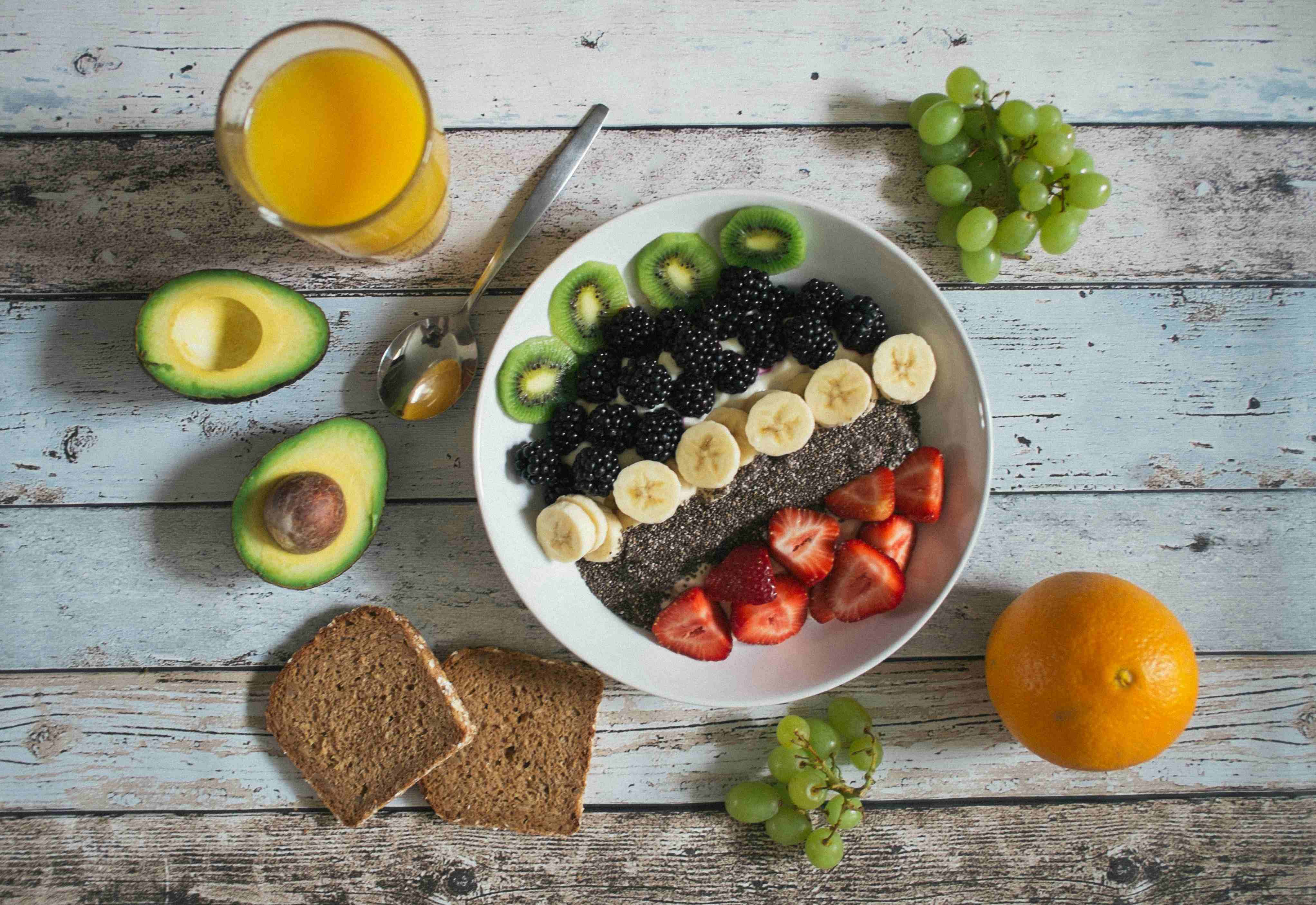
"Stop obsessing over protein and start eating more fibre. Research shows most people, including vegans, already get enough protein. But 90% of us don't hit the recommended 30g+ of fibre a day," shares Dr Bhasha Mukherjee, a General Practitioner and an influencer, on her social media.
Dr Mukherjee is not wrong. The sudden obsession with hitting one's protein goal is everywhere. Some call it the protein revolution not only in India but across the globe. Brands have jumped on the bandwagon, with countless high-protein products flooding the shelves.
Numbers tell the story too. The India Protein Market is estimated at 1.52 billion USD in 2025 and is expected to touch 2.08 billion USD by 2030.
But now another nutrient is stealing the spotlight: fibre. The growing chatter around it is not just a passing fad; it seems to be here to stay, and social media has amplified the buzz. Experts are now urging people to focus as much on fibre goals as on protein intake.
Fibre Goals Over Protein Goals
"For a long time, the focus in health and fitness conversations was on protein for muscle building and weight loss but people are now realising that gut health, digestion, and metabolic health are equally important and fibre plays a huge role in all three. Social media trends and the rise in gut microbiome testing have brought more awareness," says Tanya Khanna, Nutritionist and Yoga Trainer at Alyve Health.
Swatee Sandhan, Chief Dietician, Jupiter Hospital, Pune, agrees. She says she has also observed the growing popularity of fibre, especially in urban India, due to knowledge of the establishment of gut health and prevention of chronic diseases.

The campaigns on social media and wellness focus on foods rich in fibre, such as millets, and vegetables and this attracts health-motivated millennials, she says.
"On the one hand, protein leads through the influence of fitness culture and supplement promotion; on the other hand, the relatively low price of the fibre products and its availability in such Indian staples as dal and ragi drive the rise of fibre," Swatee adds.
What Is Causing This Hype
The hype around fibre is being fuelled by both research and social media culture.
Documentaries and scientific studies linking gut health with mood, immunity, weight, and even skin have pushed fibre into the spotlight.
Tanya Khanna explains, "High-fibre is becoming a label claim like high-protein used to be. Trends such as 'fibremaxxing' on TikTok promote higher fibre intake as key to better gut health."
Swatee Sandhan also points out that this is not simply a case of fibre replacing protein.
"India is experiencing obesity and digestive concerns. It is not about garnering business on substitution of protein but sustainable health. One must include natural fibre sources, reduce processed food, and increase hydration to keep the dependency on supplements minimum," she says.
This hype has made fibre quite popular in the dietary market, across the globe, including India. Today you can find various brands selling 'fibre' too -- fibre sachets, supplements, food that are rich in fibre and more. The Indian market is projected to reach USD 889.9 million by 2030, with a compound annual growth rate (CAGR) of 11.8% from 2024 to 2030.
But What Exactly Is Fibre
Dietary fibre is the part of plant-based foods that the human body cannot fully digest (which might sound like a bad thing, but it actually is not).
Unlike proteins, fats, or carbohydrates that break down and release energy, fibre passes through the digestive system largely intact.
There are two main types of fibre: soluble and insoluble.
Soluble fibre, found in foods such as oats, apples, beans, and lentils, dissolves in water and forms a gel-like substance that helps lower cholesterol and stabilise blood sugar.
Insoluble fibre, present in whole grains, nuts, and many vegetables, adds bulk to stool and keeps bowel movements regular.
Both types are essential for good health, and most plant foods provide a mix of the two.
Why Is Fibre Important
Fibre's importance goes beyond digestion. Tanya Khanna says, "Fibre helps feed your good gut bacteria, slows glucose absorption, lowers cholesterol levels, and helps you feel full, reducing overeating."
According to the Indian Council of Medical Research (ICMR), the recommended daily allowance is around 25-30 grams (about 14 grams per 1,000 kcal). But studies show that most Indians consume less than half this requirement, largely due to diets high in refined carbs and processed foods.
Swatee Sandhan notes, "A diet of dal (1-2 gm), two rotis (4-5 gm) and vegetables (5 gm) achieves only half the requirement. Most Indians fall short, which is why it is important to include whole grains, legumes, and fruits rich in fibre."
Experts also suggest that fibre supports weight management by keeping you satiated, reduces the risk of Type 2 diabetes, heart disease, and colon cancer, and improves gut microbiome diversity, boosting immunity.
Too Much Fibre
Overconsumption of fibre can cause discomfort.
Khanna warns, "The possible side effects of too much fibre are bloating, gas, and abdominal discomfort. Constipation can occur if fibre is increased without enough water. It can interfere with mineral absorption if consumed in excessive amounts. It is important to increase fibre gradually and drink at least 2-3 litres of water daily."
How To Hit Your Fibre Goals (Ft Indian Households)
Fibre doesn't require fancy supplements or imported products. Skip fibre supplements, as experts say Indian kitchens already hold the answers.
Everyday staples like dal, whole wheat roti, fruits, and vegetables can cover most of the requirements if planned well. Millets, like ragi, bajra, jowar which are making a comeback thanks to campaigns and government initiatives, are excellent sources too.

Fibre is equally important in your diet. Photo: Unsplash
Tanya Khanna sums it up perfectly, "Think of protein and fibre as teammates. Protein builds your body, but fibre keeps it running smoothly. Both are essential, but most of us need to focus more on getting enough fibre every day."
The Fibre Take
The fibre conversation is no longer just background noise in nutrition circles. Social media, rising gut-health awareness, and affordable Indian staples are fuelling its rise. While protein remains vital, fibre is finally getting the attention it deserves.
Also Read: Psyllium Husk Is Trending As Natural Ozempic. It Is Just Isabgol With A Fancy New Makeover

